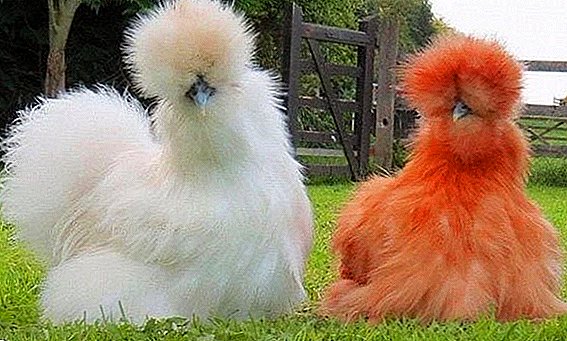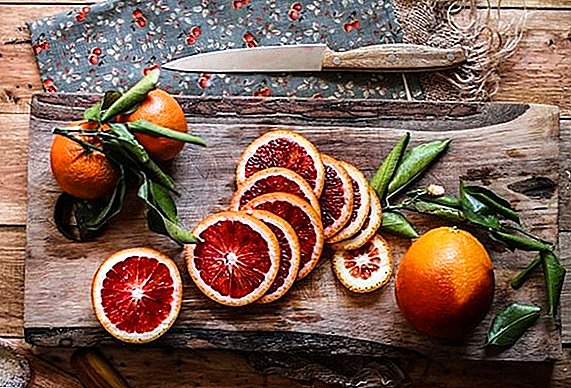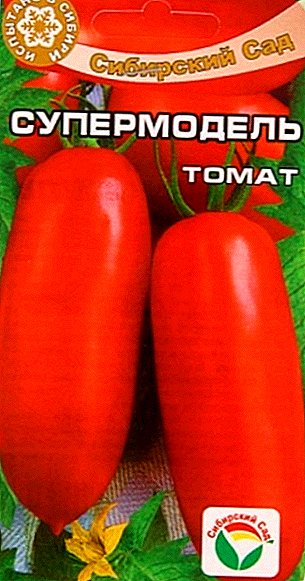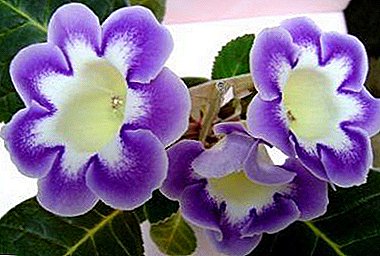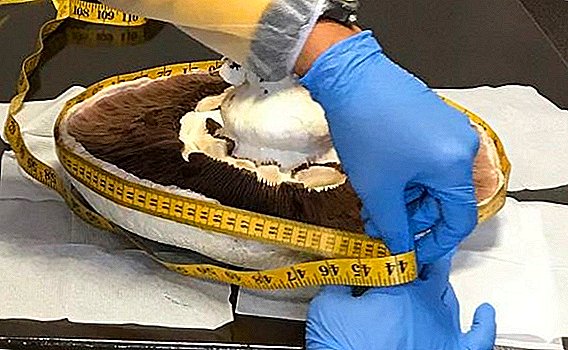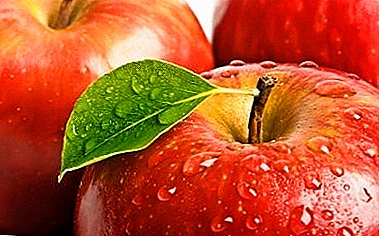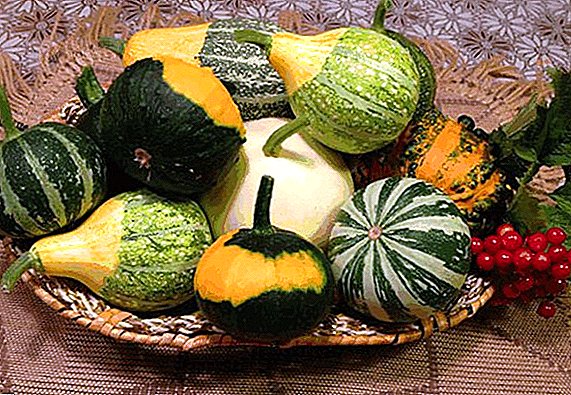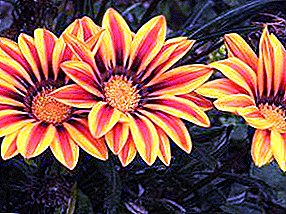
Throughout the history of mankind, people have changed nature. In addition to changing the environment, animals and plants were also modified by selection.
At the same time, even after breeding the varieties we need, this process does not stop - new varieties of vegetables and fruits are constantly appearing. For example, there is a variety of carrots "Emperor".
Our article is devoted to this variety of carrots. Find out all the most interesting about this type of carrot and its distinctive features.
Detailed characteristics and description of the variety
This variety has its own characteristic differences from other varieties of carrots. Below are all of its features and specifications.

- Appearance. This is a fairly large vegetable - without taking into account the tops, it can reach 13 cm. The root itself is smooth, with a blunt tip. Color is orange, with red splashes. The flesh is thick and juicy, and the core is thin and differs little in color from the bulk of carrots.
- Varietal type. The “Emperor” belongs to the same variety type as the “Darina”, “Morevna” and “Lakomka” varieties, namely the “Berlikum” type, also known as “Berlicummer”. All representatives of this type have almost identical characteristics, with a few exceptions.
- Amount of fructose and beta carotene. Like the other "neighbors" on the type - "Emperor" has a high content of nutrients. Thus, the amount of beta-carotene is 16-25 mg, and sugar 6-11%.
- Sowing time. It is considered a late-ripening variety that fully ripens in one hundred to one hundred and twenty days.
- Seed germination. According to official data, this figure is about 75%, but some gardeners claim that they managed to reach 90% germination rate.
- The average weight of 1 root. Fully ripened carrots of this variety weighs 90-200 grams.
- Productivity from 1 ha. With proper care, this figure is 55 tons per hectare.
- Assignment grade and keeping quality. Due to the fact that the "Emperor" is well preserved and even improves its quality over time, it is grown for sale. It is ideal for transportation and storage in stock.
- Growing regions. All regions with a temperate climate and loamy soil are suitable. If the climate is too warm, then it makes sense to conduct additional watering and mulch the soil.
- Where it is recommended to grow. The carrot itself is unpretentious and if the conditions for the climate are met, then it can be easily grown on the street, without a greenhouse.
- Resistance to diseases and pests. Variety sickness, rarely can pick up chalcosporosis or powdery mildew. Of the pests include wireworm and carrot moth.
- Ripening. As mentioned above - the "Emperor" ripens in 110 days. Usually it is planted in June-July, in order to catch before the first serious frosts.
- What kind of soil prefers. The best option is a loam or a wet, sandy soil. You can grow in black soil, but you need to mulch the soil.
- Frost resistance and transportability. By itself, this variety does not tolerate frosts well, and that is why it is grown until the onset of these cold weather. However, when transporting it makes sense to maintain a very high temperature.
- Manufacturability varieties for farms and peasant farms.For use as a technical root "Emperor" is not ideal - you can find a much more profitable variety. However, it is very popular for the production of juices and baby food.
Breeding history
The variety was bred in 2005 in the Gavrish breeding center. and is not a hybrid. The kennels themselves are located in the Moscow region. The variety quickly became popular among traders who loved him for the same, even roots.
What is the difference from other types of carrots?
- Increased beta carotene combination.
- Juicy flesh.
- The risk that the root is split or rastroit reduced.
- Blunt tip.
Advantages and disadvantages

The advantages, in addition to the above, include:
- Excellent, pronounced taste.
- Storage up to nine months.
- Ease of landing.
If we talk about the shortcomings, then we can distinguish:
- A small percentage of germination when compared with other varieties.
- Requirement to the ground, in comparison with other carrots.
Growing up
Since the seeds are sold in granular form, planting them is quite simple. In the beds, the distance between which must be at least twenty centimeters, seeds are planted at a depth of two centimeters. The distance between the holes should be about seven centimeters.. Accordingly, when thinning must adhere to this distance.
"Emperor" requires increased watering. Before planting about ten meters per square meter. Then, from five to seven liters per each running meter, twice a week. After germination, you can increase the amount of water up to ten liters.
Planting is made since August. The main thing is to warm the earth above three degrees Celsius.
Harvesting and Storage
Crop harvested in late September or October. It is recommended not to water the beds for the last week, so that the taste of carrots is not too watery. Store should be at six to seven degrees Celsius.
Diseases and pests
As mentioned earlier - this variety is disease resistant. Pesticides can be used against pests.
Various problems and solutions
This variety has almost no problems, except for pests.. The only problem may arise during the harvest - pull the plant should be carefully, so as not to break the root.
Other types of carrot similar to this variety
 All sorts of neighbors by variety type can be attributed to varieties of similar properties, namely:
All sorts of neighbors by variety type can be attributed to varieties of similar properties, namely:
- Darin.
- Berlicum Royal.
- Gourmand.
- Morevna.
- F1 Bastia, Bersky and Bangor.
They are all rather large, even and have excellent taste. Soil preferences are the same. If you really like carrot juices and make large stocks of vegetables for the winter, the "Emperor" is perfect for you.
Ease of cultivation and high yield will be a real gift.for both amateur and professional farmer. The main thing is to follow the landing instructions and periodically check the landing for the presence of pests that could damage the crop.


